A practical guide to machine learning course design for senior primary school grades
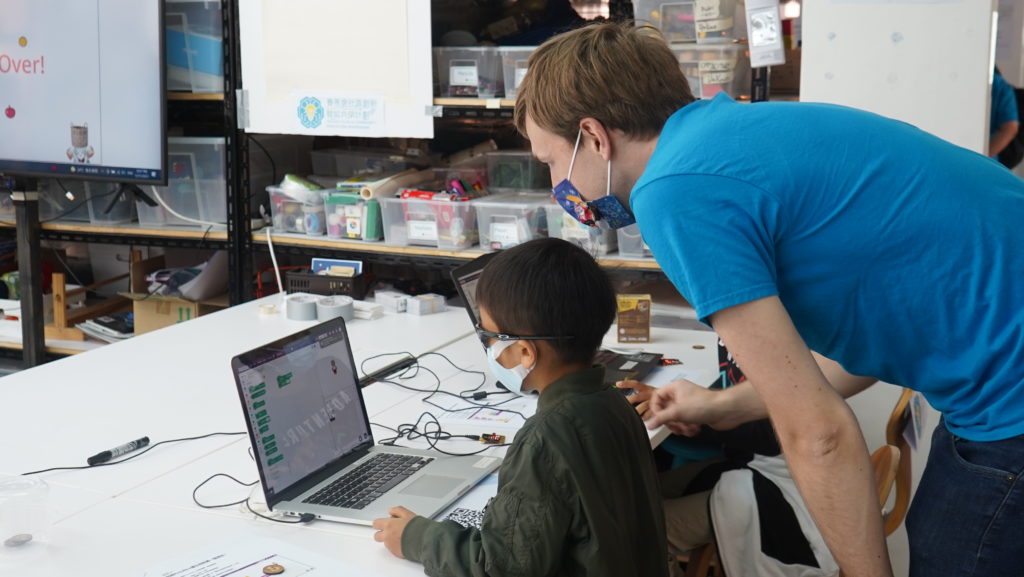
Machine learning, as a subdivision of artificial intelligence, is an essential tool in the modern information technology area. With its strong learning and decision-making abilities, it has been utilized in many areas, such as analyzing data, fraud detection, and natural language processing. Powerful as it may seem, whether to incorporate it into primary school syllabuses has come under question among some educators as it sounds too technical and far from primary school.
Thanks to the rapid development of technology in recent years, there is so much handy software, like Teachable Machine and Machine Learning for Kids, available for students to get a taste of machine learning without the need to delve into the very fundamental principles or the algorithms mostly used in machine learning. As long as the learning objectives are suitable to the students’ level, their horizons can definitely be broadened by the possibilities of machine learning. The following guide will attempt to provide educators practical insights on designing machine learning courses from setting learning objectives and introducing concepts of building machine learning models for text, image, and audio classification.
Setting appropriate learning objectives of machine learning: basic concepts and applications
Machine Learning is a huge topic. To facilitate primary school students’ learning, we should focus on concrete concepts and practical applications. Understanding the basics of machine learning with real-world scenarios and reflecting on the impact of machine learning on daily lives are two desirable objectives suitable for primary school students. As these objectives do not require an understanding of any algorithms or how machine learning is simulating neural networks, they can be a good starting point by drawing relevance to Information Technology and General Studies subjects in senior primary grades. King’s College Old Boys’ Association Primary School also did a case study of cross-curricular learning between the two subjects with machine learning.
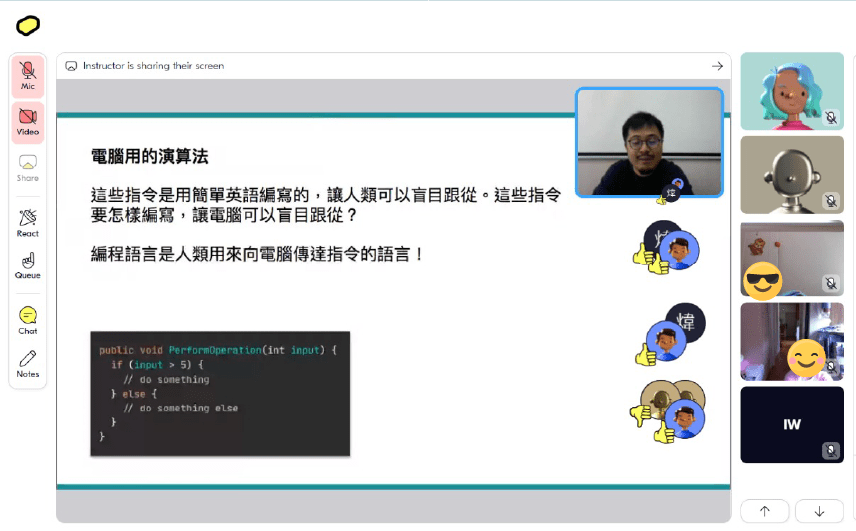
What is more, MIT designed an AI + Ethics curriculum called . The learning objectives of the curriculum described also surround the above objectives. They include understanding the basic mechanics of artificial intelligence systems, understanding all technical systems are socio-technical systems, considering the impact of technology on the world, etc.
Concept introduction around machine learning and its ethics
There are three types of training models in machine learning: supervised learning, unsupervised learning and reinforcement learning. In the context of the school curriculum, we can focus on supervised learning where a set of training examples with labels are provided. The training examples can be in different data types, which could be image, text, sound, depending on the capability of the machine learning model. The goal of supervised learning is to train the model so that it can predict the output when new data is given to it.
For classification to be achieved, a prediction model should be trained for use. Teachers can start by introducing the three parts: dataset, learning algorithm, and prediction and then explain how data is used to train the model which makes a prediction. It is very different from daily class activities in primary school lessons that most math problems have a definite model answer. Therefore, It is important for students to grasp the concept that sufficient training data is required to build an accurate model. It is recommended teachers should point out that prediction is about confidence too.
Finally, when students have understood the above concepts and experienced building a model on their own, teachers can bring them to the topic of the ethics of adopting machine learning. Teachers may start with algorithmic bias, i.e. the systematic error of the algorithm that creates unfair outcomes, where the impacts come from the machine learning model. The discussion can then be expanded to the social impact of widely adopting machine learning if time allows.
Building text, image, and sound classification with free machine learning tools online
After introducing the basic concepts of machine learning, teachers can give students exercises on training a classification model. There is two famous free machine-learning software available: Teachable Machine and Machine Learning for Kids. Teachable Machine is developed by Google and it supports 3 types of machine learning projects: image, audio, and pose. On the other hand, Machine Learning for Kids is built by an IBM developer and it supports classification by text, images, numbers, and sounds.
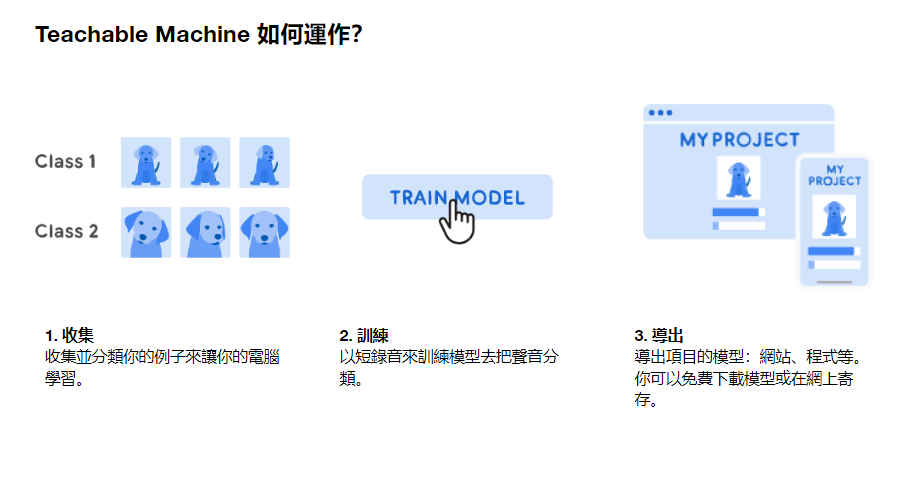
Teaching classification models with vivid and concrete examples are particularly important in senior primary school education. As students can hardly understand how the model can be applied with merely all the steps to train and use it. Google suggested a few Teachable Machine teaching materials, such as Teachable Machine Lesson Plan by readyai. It takes fish classification as an example to teach image classification models, with an aim to enhance students’ ability in language arts and science areas. MIT-designed “An Ethics of Artificial Intelligence Curriculum for Middle School Students” is also a valuable teaching reference. In the section of “Introduction to Supervised Machine Learning and Algorithmic Bias”, it takes training dogs and cats into the model to discuss algorithmic bias. They are all very practical and students can easily visualize an image-based project.
Nevertheless, it doesn’t mean text and sound classification must be difficult to pick up. In the section of Worksheets in Machine Learning for Kids, there are a lot of projects with step-by-step guides categorized by project types and level of difficulty. For sound recognition, teachers can refer to the project “Alien Language” as it is the least difficult among all. Students are only required to provide two sounds to pretend to be an alien to train up the sound classification model. The estimated time for this fun and simple activity is 1 hour only and the activity does not cover the more advanced concepts in speech recognition.
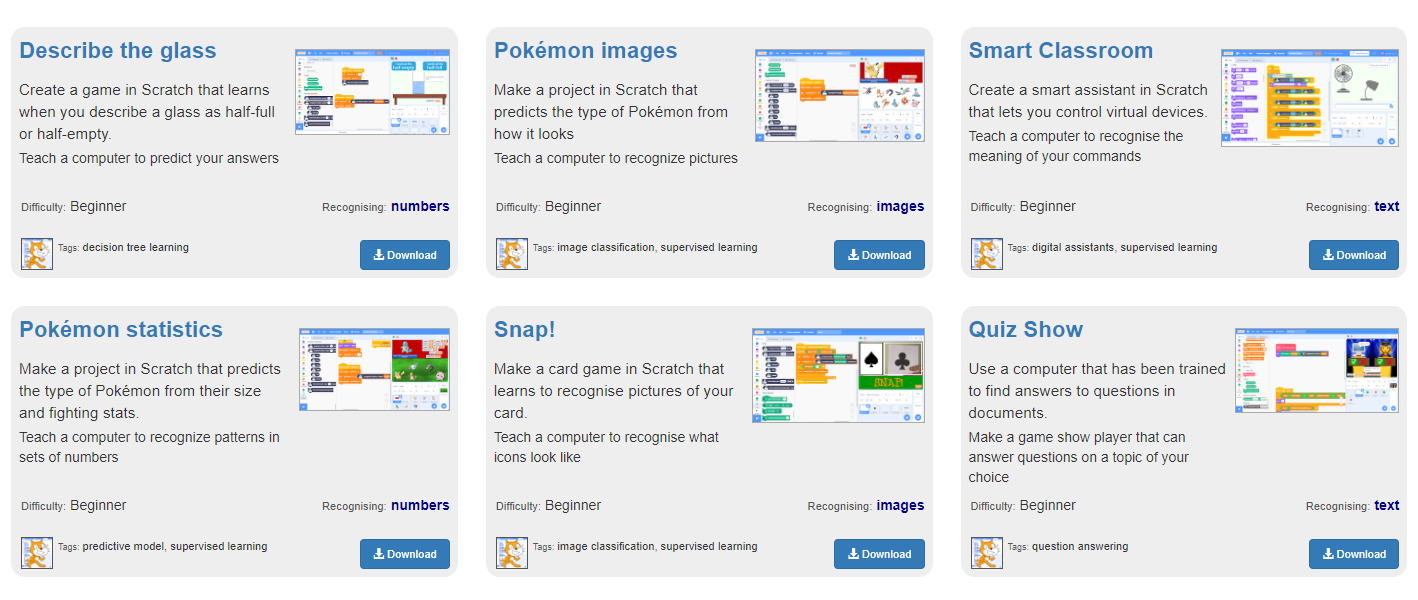
As for text classification, there are more beginner level projects to choose from. “Make me happy” is the one we recommend to start with. Students are required to train up positive and negative sentiment vocabulary. When the tested vocabulary is classified as positive, it shows a smile. Otherwise, it shows a crying face. The conditions and actions of this project are straightforward. Students can gain a basic understanding of sentiment analysis from a vocabulary level. Teachers can also twist the topic to teach any other pairs of antonyms to enrich students’ vocabulary.
No matter which tools from the above are adopted for teaching, the procedures should always be demonstrating data collection, training datasets, testing, and applying the model. In order to strike a balance between covering the walkthrough of a classification model and encouraging students to imagine different possibilities within the limited lesson time, we suggest teachers sticking to a topic in the lesson to make sure everyone understands how the classification model is trained in a single scenario. After that, teachers could provide homework assignments to students that allow them to create their own classification model for solving a real-world problem.
Conclusion
Machine learning has become unneglectable to our daily life. Getting students equipped with machine learning as early as possible will be important for them to advance in their future careers. MakerBay Foundation, therefore, created this guide and a series of AI workshops to students aged 8 – 18 years old. Submit your enquiry to arrange customized workshops for your students today!



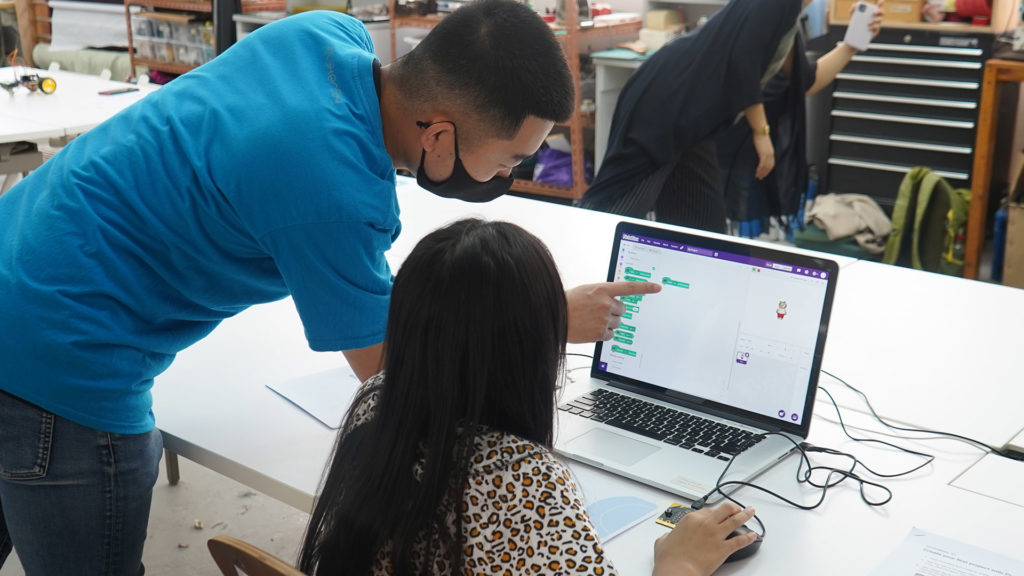
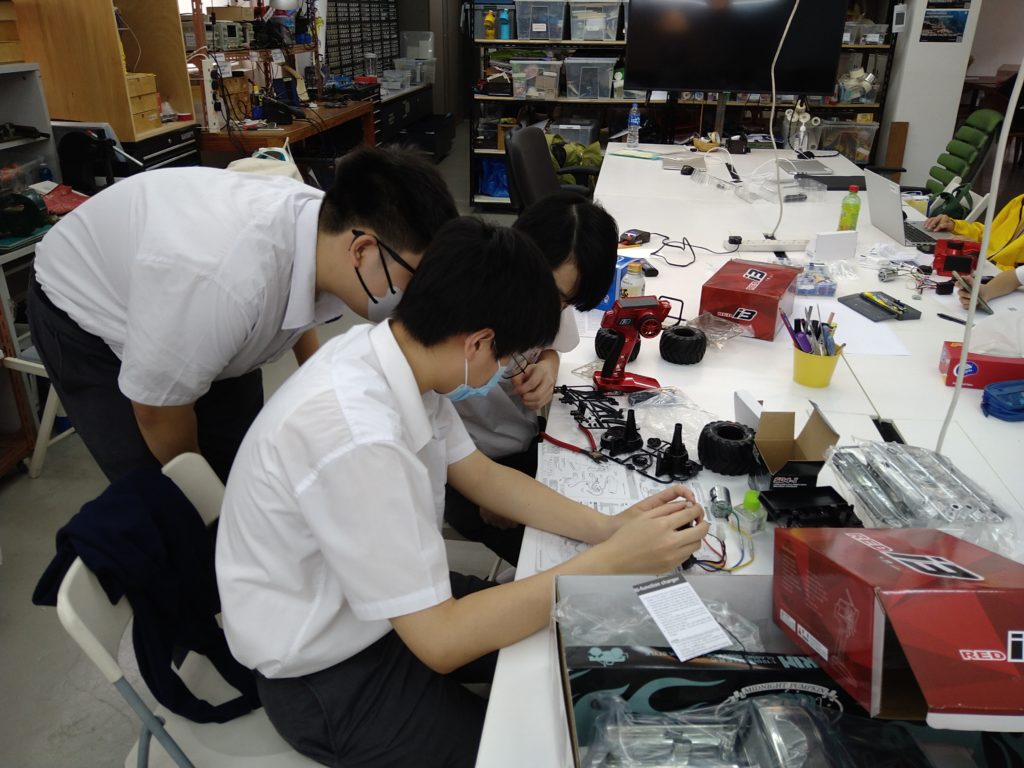
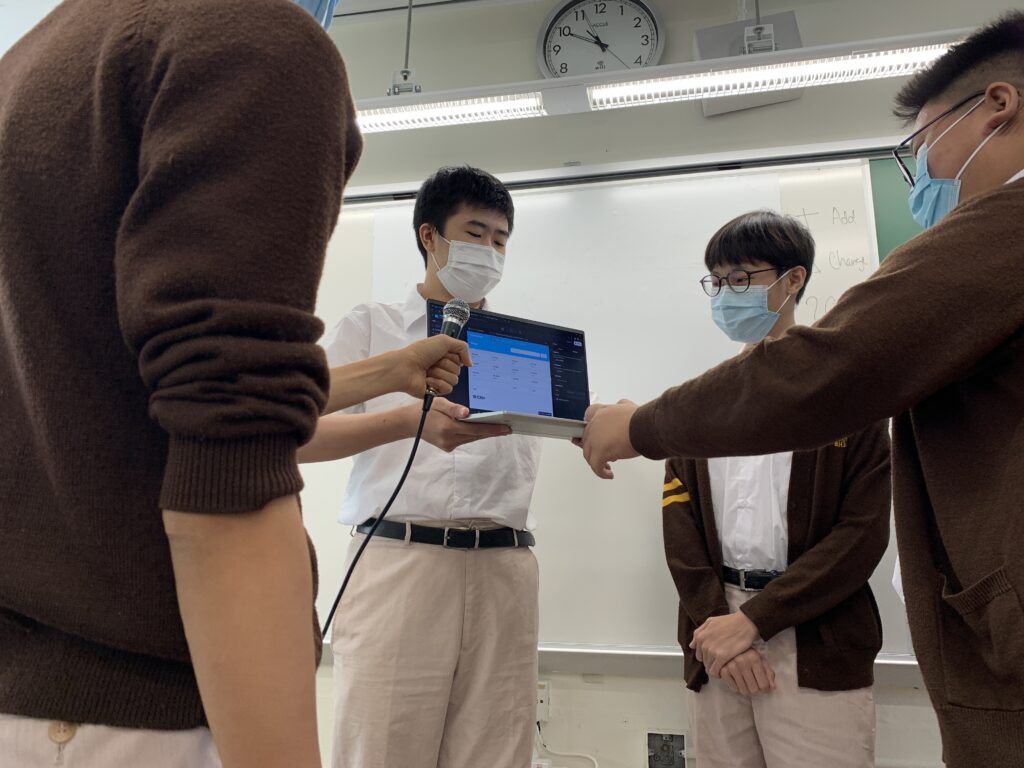

Responses